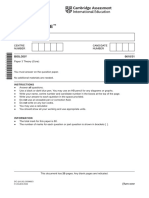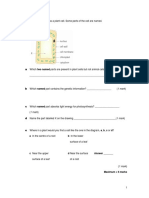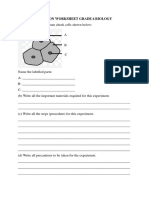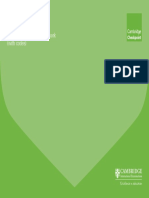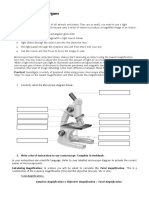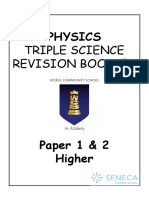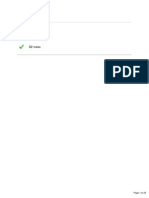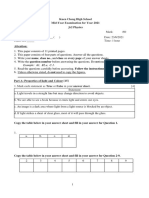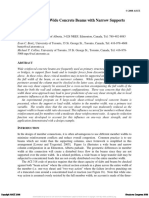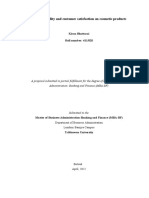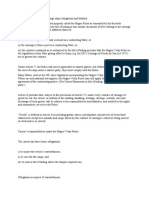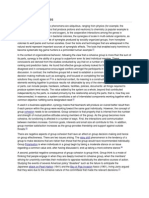0% found this document useful (0 votes)
255 views6 pagesRevision Exercise (Light) Question
1. The document is a revision exercise about light that contains 15 multiple choice and short answer questions about luminous objects, reflection, refraction, the speed of light, image formation by plane mirrors and prisms, and color absorption.
2. Some questions ask about identifying luminous vs. non-luminous objects, measuring reflected light intensity, drawing reflected and refracted rays, finding positions of images, defining critical angle and total internal reflection, and explaining how an actor's clothing appears different colors under stage lighting of different colors.
3. The questions cover a range of concepts in optics including the laws of reflection and refraction, image formation, absorption of light by materials, and uses of these principles.
Uploaded by
21 MABLE CHIA MUN XUAN 謝蔓宣Copyright
© © All Rights Reserved
We take content rights seriously. If you suspect this is your content, claim it here.
Available Formats
Download as PDF, TXT or read online on Scribd
0% found this document useful (0 votes)
255 views6 pagesRevision Exercise (Light) Question
1. The document is a revision exercise about light that contains 15 multiple choice and short answer questions about luminous objects, reflection, refraction, the speed of light, image formation by plane mirrors and prisms, and color absorption.
2. Some questions ask about identifying luminous vs. non-luminous objects, measuring reflected light intensity, drawing reflected and refracted rays, finding positions of images, defining critical angle and total internal reflection, and explaining how an actor's clothing appears different colors under stage lighting of different colors.
3. The questions cover a range of concepts in optics including the laws of reflection and refraction, image formation, absorption of light by materials, and uses of these principles.
Uploaded by
21 MABLE CHIA MUN XUAN 謝蔓宣Copyright
© © All Rights Reserved
We take content rights seriously. If you suspect this is your content, claim it here.
Available Formats
Download as PDF, TXT or read online on Scribd
/ 6







